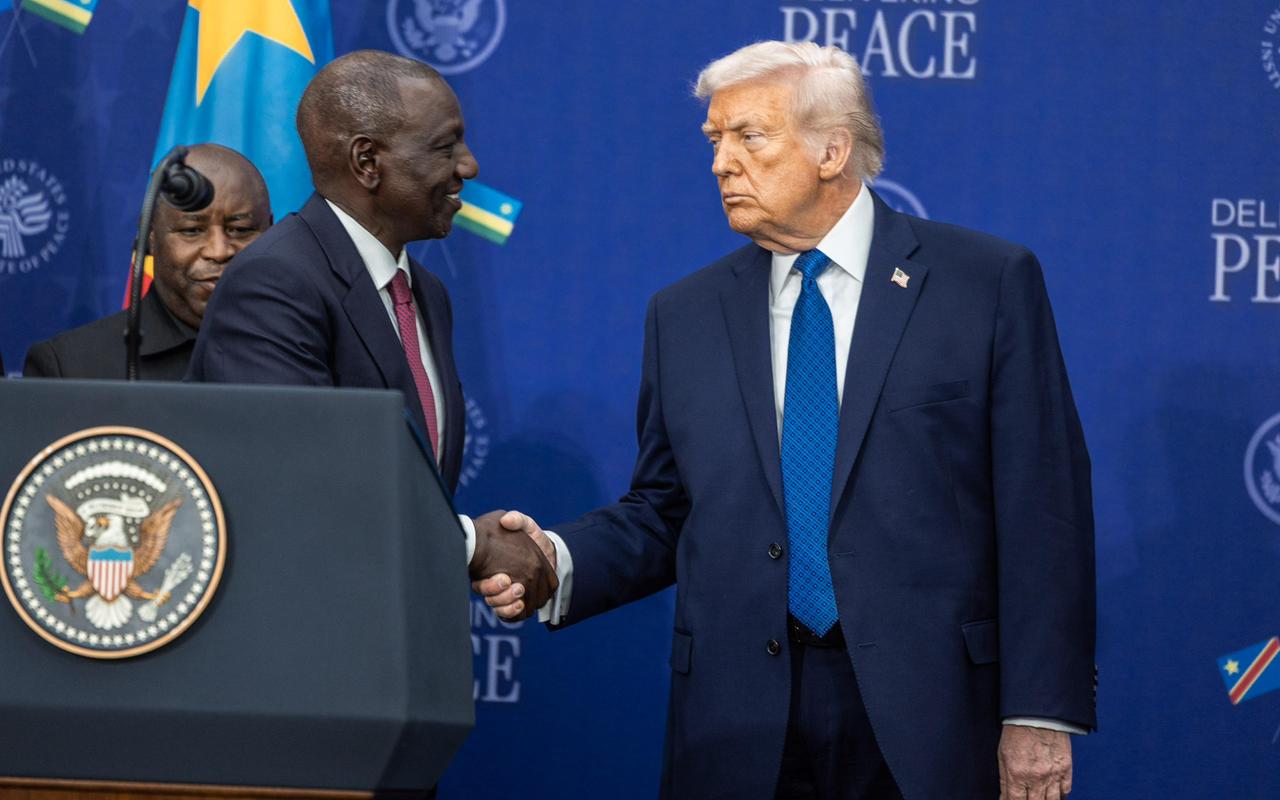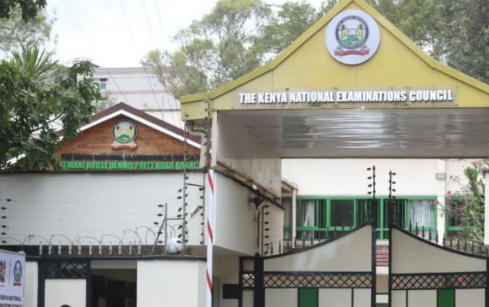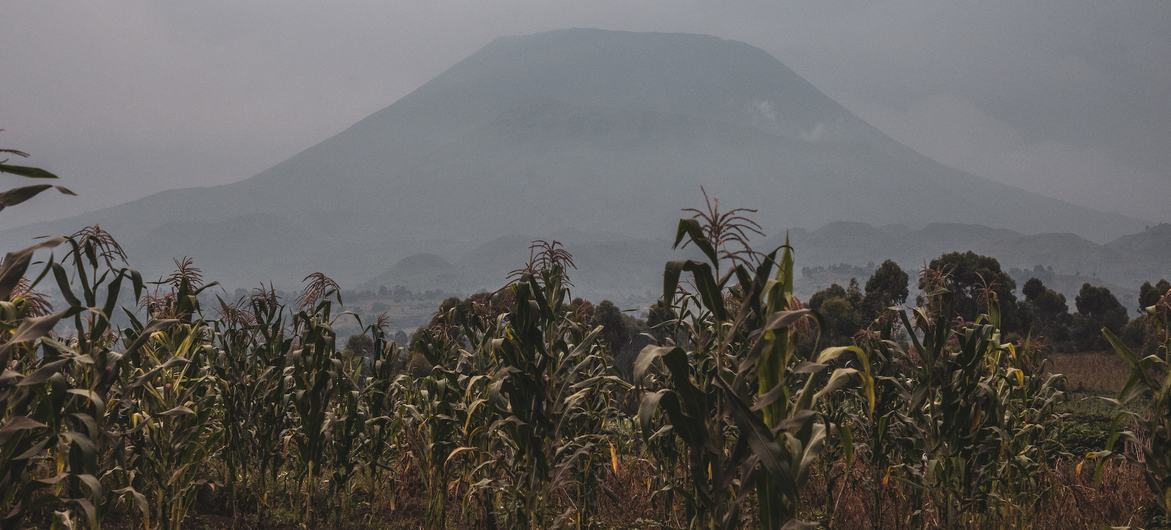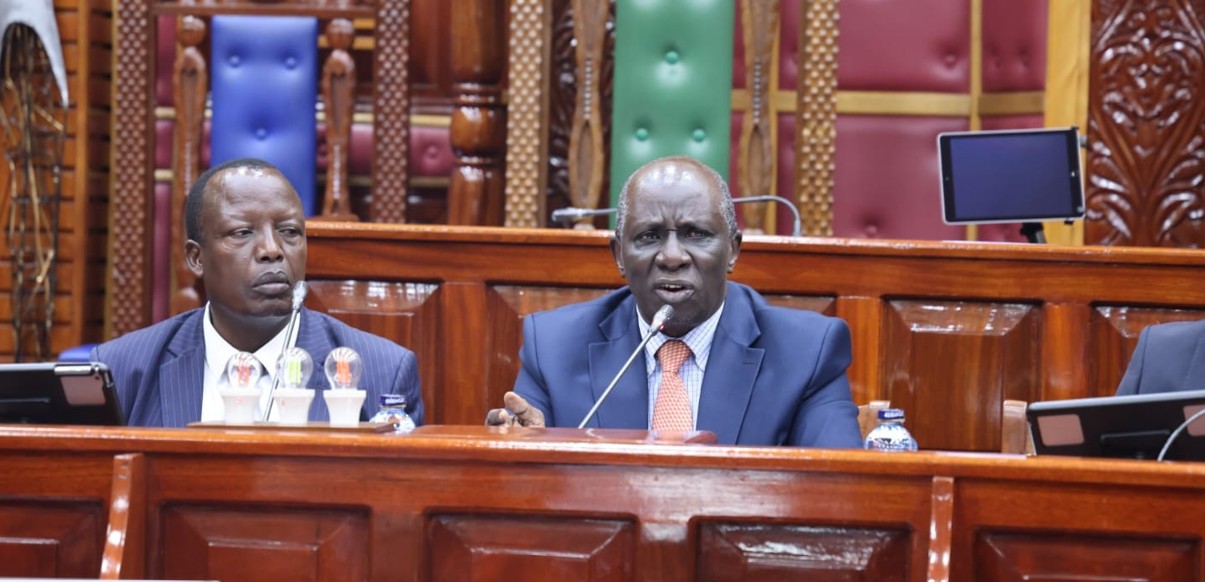Rescue mission launched to save Masai giraffes trapped by fences in Naivasha
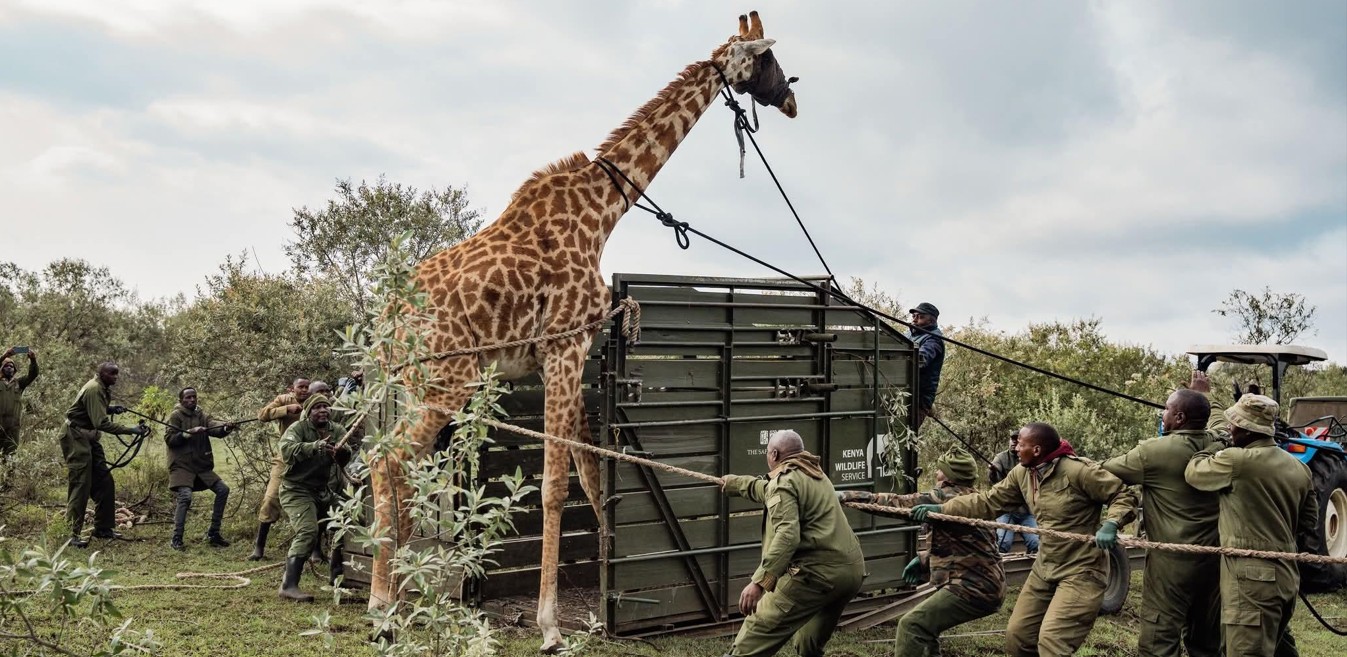
Four Masai giraffes have already been captured and relocated to secure habitats, including Nairobi National Park and another protected area near Naivasha.
A coordinated wildlife rescue mission is underway in the Kedong area of Naivasha in Nakuru County after rapid land subdivision, fencing and new settlements blocked critical movement routes used by the Masai giraffes, also known as the Kilimanjaro giraffes, and other species.
Conservation organisations say these changes have cut off the animals from the only reliable water source in the landscape — Lake Naivasha — creating an urgent need for intervention to prevent further losses.
More To Read
- Wildlife traffickers arrested in Laikipia as police seize 18kg of elephant ivory worth Sh3.6 million
- Lewa, KWS launch vulture tracking project to boost raptor conservation
- Rare eastern black rhino calf born in Chyulu Hills, boosting critically endangered population
- Wildlife compensation claims hit Sh3.5 billion as thousands of Kenyans wait years for payments
- Isiolo County unveils 10-year land use plan to curb insecurity and human–wildlife conflict
- KWS rescues cheetah cub raised by woman in Garissa
According to the Giraffe Conservation Foundation (GCF), the Kedong rangelands have been transformed in a short period, with areas that were once open being divided into multiple parcels, with fences now blocking wildlife movement.
This has limited the ability of giraffes to move across the landscape in search of water and forage, and increased the risk of conflict with communities who now live in former wildlife corridors.
Growing threats
Conservation groups warn that continued subdivision will push animals into ever smaller pockets, exposing them to growing threats, including possible poaching and injuries from fences.
In response, the Kenya Wildlife Service (KWS) and conservation partners have launched a rescue operation. Four Masai giraffes have already been captured and relocated to secure habitats, including Nairobi National Park and another protected area near Naivasha.
Specialists have fitted the animals with GPS satellite collars to track how they adapt to their new surroundings and to enable continuous monitoring to ensure their long-term safety.
According to Dr Abdullahi Hussein, a conservationist working with endangered species, the rescue came at a time when risks to the animals were escalating. He explained that the closure of traditional corridors had left the giraffes without safe routes to Lake Naivasha or other areas where they could move freely.
He said the relocation was necessary because the animals had become stranded in isolated parcels with no dependable access to water. Abdullahi stressed that although the move helped the first group of giraffes, the wider problem remains unresolved.
“The fencing of traditional corridors has left these giraffes stranded. Without access to water and a safe space to roam, their survival was increasingly at risk. The relocation is timely, but much more still needs to be done," he said.
Trapped in a fragmented landscape
GCF estimates that between 25 and 30 additional giraffes remain trapped in the fragmented landscape. The organisation says they must be moved soon, as human settlements and fencing continue to expand.
The longer the animals remain enclosed, the more difficult their situation becomes, especially as the dry season advances and water becomes scarcer.
In a public statement, GCF said the situation in Kedong shows how quickly habitat fragmentation can escalate into a wildlife crisis.
The organisation also warned that other species relying on the same ecosystem are at risk — particularly those that depend on seasonal movements or shared water sources. Loss of corridors, it emphasised, disrupts the entire ecological system, not just giraffes.
Abdullahi urged authorities to prioritise long-term planning over repeated emergency responses. He said wildlife corridors must be integrated into land-use planning in areas where people and wildlife coexist.
Top Stories Today


